According to the supply chain, the price of NAND flash memory has declined successively. Although the current DRAM memory price remains stable, the overall memory market declines, and the decline in DRAM prices will only be a matter of time.
In fact, many memory manufacturers are aware that the decline in NAND and DRAM prices is the market trend, and they have begun to reduce the scale of investment and control production capacity. SK Hynix said that it will not only reduce the scale of investment from the end of 2018, but also will analyze and adjust the production capacity in 2019. At the same time, Samsung said that the new investment in DRAM and NAND Flash in the second half of 2018 will be postponed until next year, and DRAM memory investment will be cut by 20%.
Earlier, DRAMeXchange has indicated that for some reasons, the average DRAM price will fall by 15% to 20% in 2019, and the price of NAND flash memory chips will fall by about 25-30%. Recently, DRAMeXchange released the latest report on memory prices revealing that memory prices will fall further.
The report pointed out that the contract price in October has begun to fall sharply. The average price of 4GB modules has dropped from US$34.5 in the previous quarter to US$31, a decrease of 10.14%. The 8GB module has fallen even more, from 68 US dollars in the previous quarter to 61 US dollars, a decrease of 10.29%. Since the oversupply of the DRAM market has just begun, it is expected that prices will continue to decline in November and December.
Looking forward to next year, in addition to PCs, terminal products such as servers and smartphones will also face a decline in shipments. In addition, the DRAM industry needs time to consume excess inventory. DRAMeXchange expects the average DRAM sales unit price in 2019 to fall by 20%.

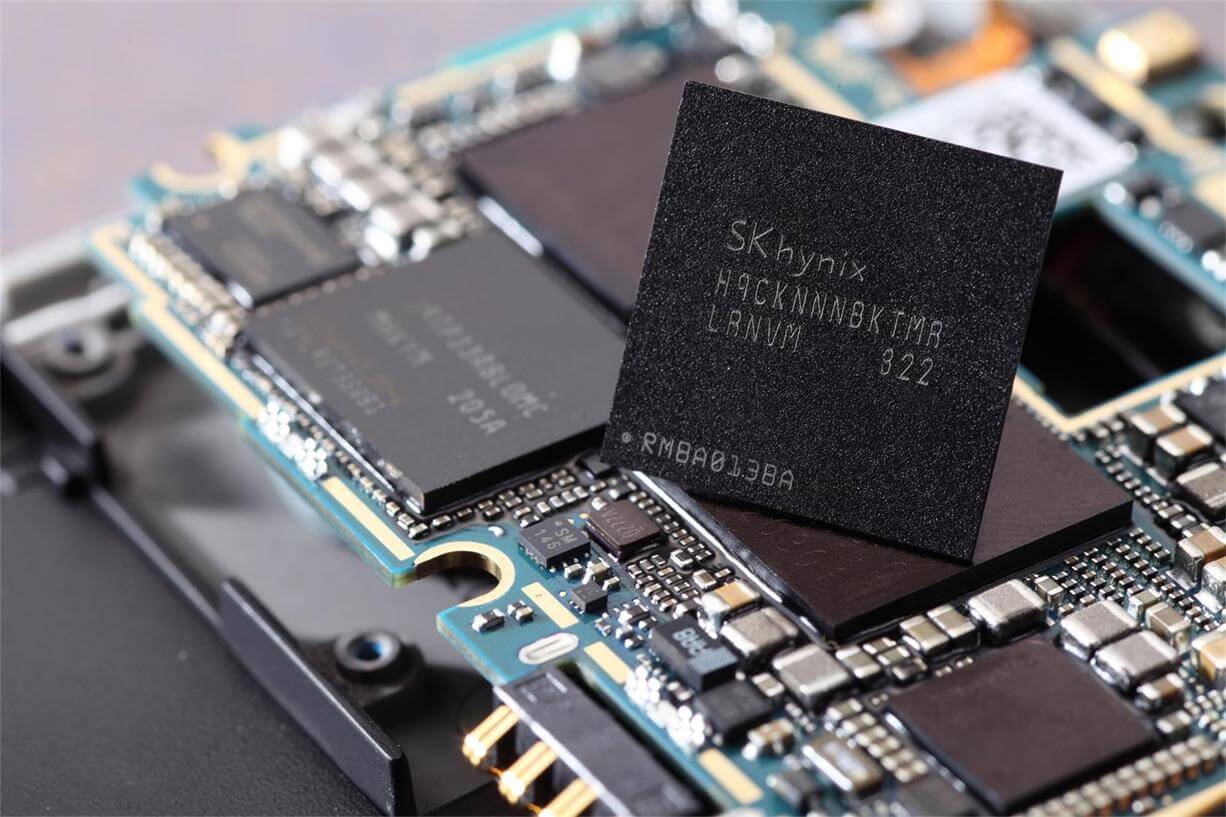






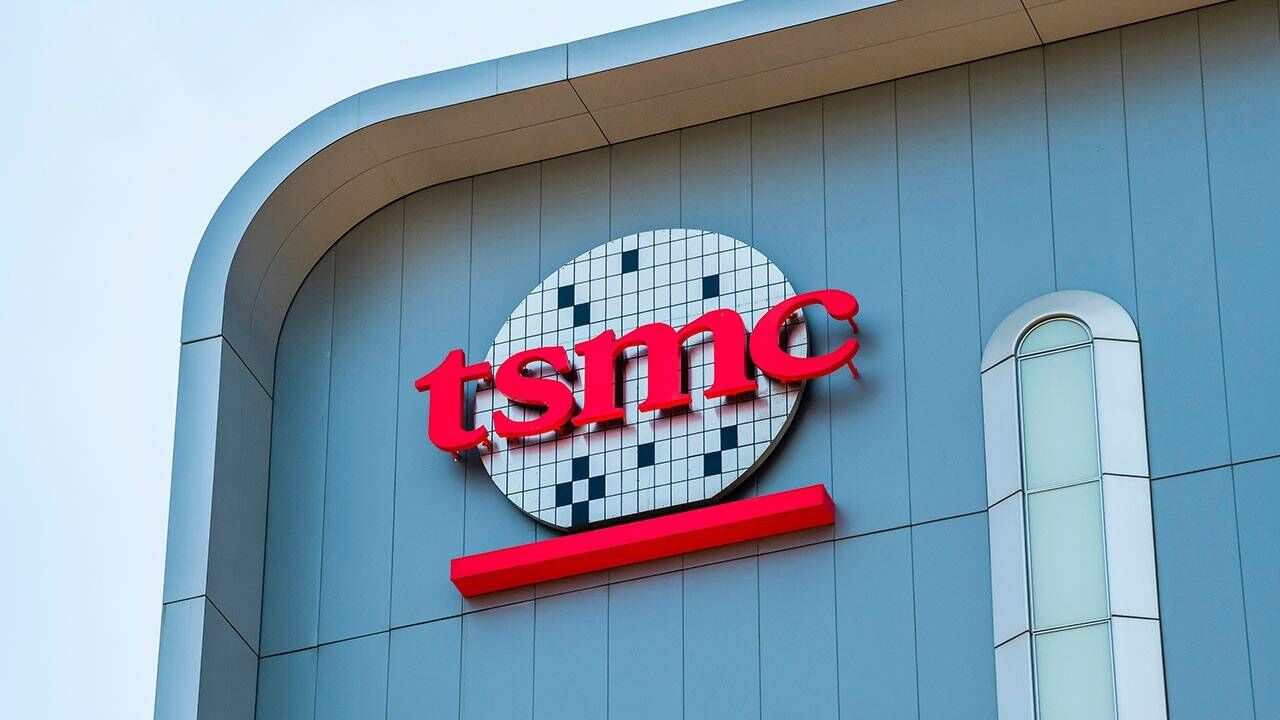
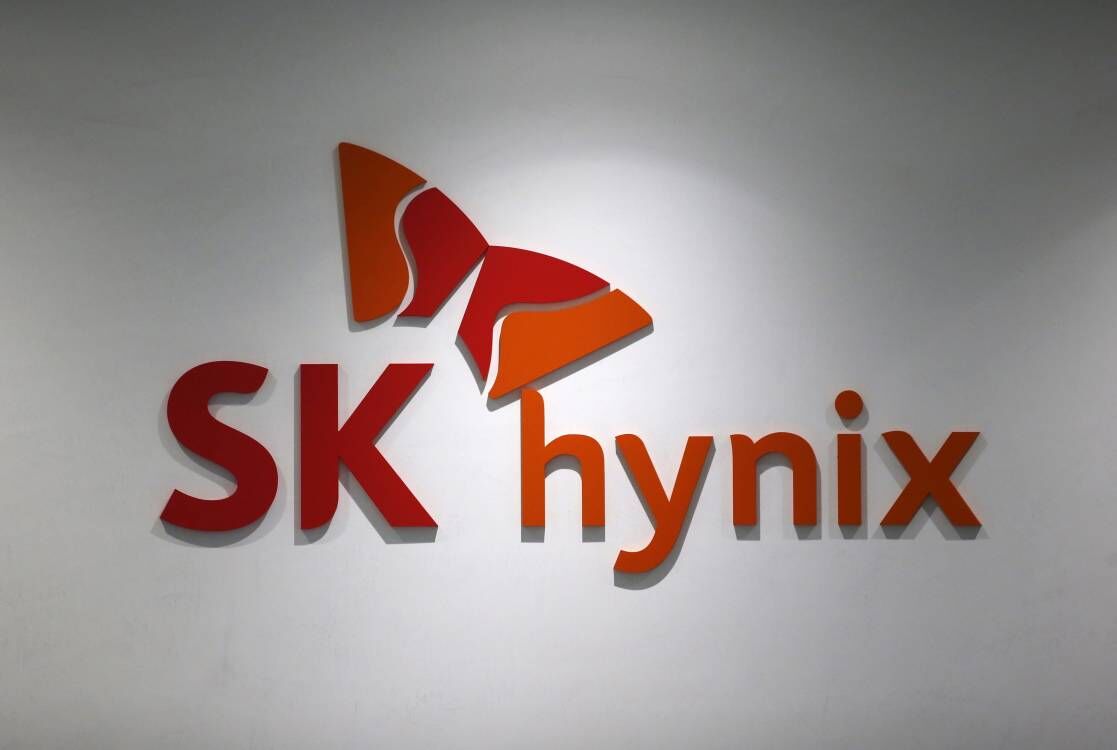
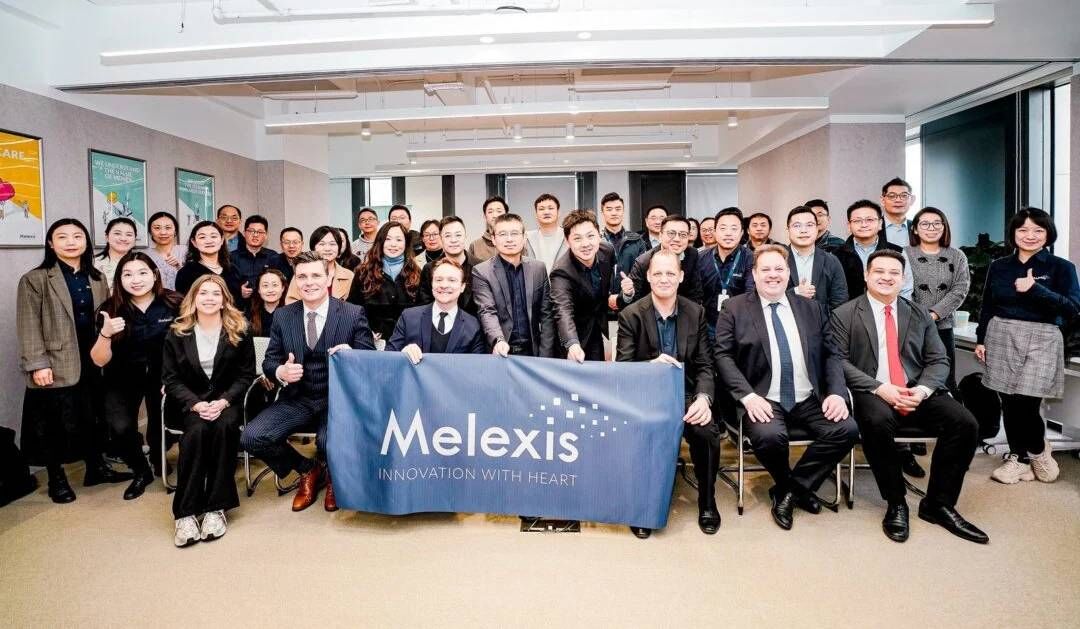
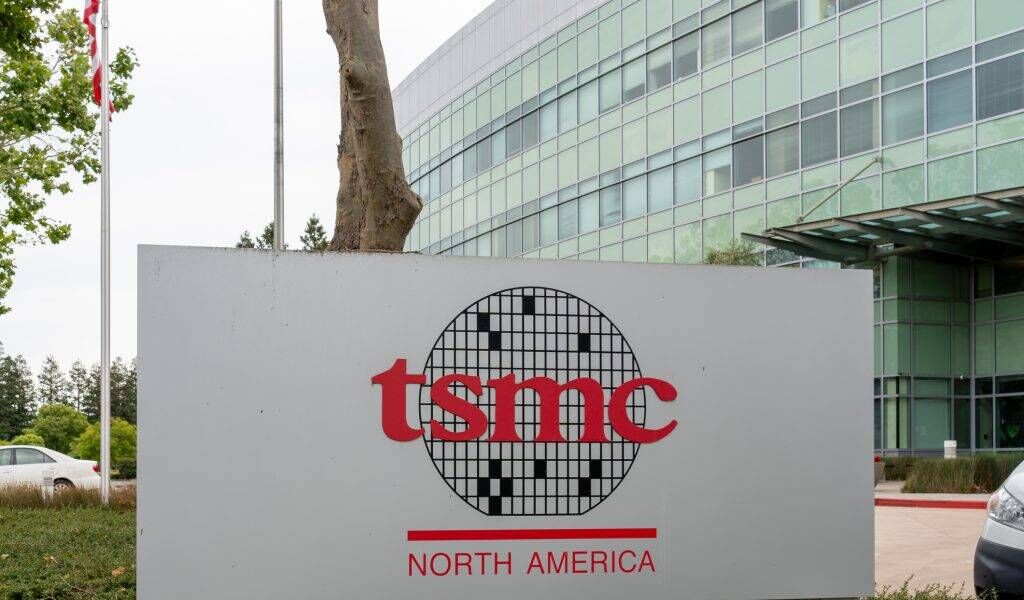
All Comments (0)